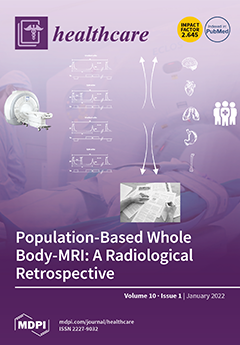
Mat Pilates Exercise Program + Photobiomodulation Therapy for Chronic Nonspecific Low Back Pain

Mat Pilates Exercise Program + Photobiomodulation Therapy for Chronic Nonspecific Low Back Pain
Effects of a Mat Pilates Exercise Program Associated with Photobiomodulation Therapy in Patients with Chronic Nonspecific Low Back Pain: A Randomized, Double-Blind, Sham-Controlled Trial.
Healthcare (Basel) . 2024 Jul 16;12(14):1416.Synopsis
Thirty-eight adults with chronic nonspecific low back pain were randomized to receive either mat Pilates combined with active photobiomodulation therapy (PIL + PBMT; n=19) or mat Pilates with sham photobiomodulation therapy (PIL + SHAM; n=19). The primary outcome of interest was peak pain intensity, while secondary outcomes included postural balance, perceived disability (measured by ODI and RMDQ)...
To view the full content, login to your account,
or start your 30-day FREE Trial today.
FREE TRIAL
LOGIN
Forgot Password?
Explore some of our unlocked ACE Reports below!

Learn about our AI Driven
High Impact Search Feature
Our AI driven High Impact metric calculates the impact an article will have by considering both the publishing journal and the content of the article itself. Built using the latest advances in natural language processing, OE High Impact predicts an article’s future number of citations better than impact factor alone.
Continue



 LOGIN
LOGIN

Join the Conversation
Please Login or Join to leave comments.